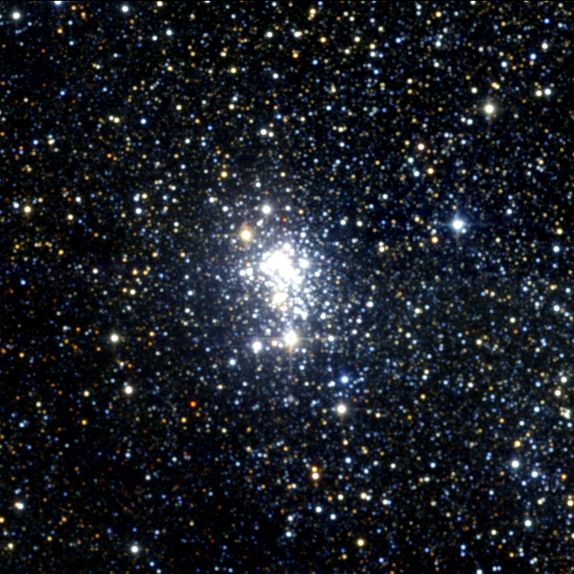3 Biggest stars in the universe.
Humans have always had predilection for big things, take for example constructions, in the past every king wanted a bigger statue than the king before to demonstrate they're power and divinity, another example are televisions, nowadays you seem to be better if you have a big television in your home, when sometimes you don't even need it that big.
So now let's dicover which are the for biggest stars known in the universe (stars are ordered from biggest at the top to smallest at the bottom)
1. UY Scuti
Currently the the largest known star by radius and one of the most luminous of its kind, It's a bright red supergiant star located in the constellation of Scutum, It has an estimated radius of 1,708 solar radius and a volume nearly 5 billion times bigger than the Sun. It is approximately 2.9 kiloparsecs aways from the Earth (9,500 light-years).
It was discovered in 1860 by German astronomers at the Bonn Observatory and named BD -12 5055.
The next detection of the star in the second survey found out that the star had changed slightly in brightness, suggesting that it was a new variable star.
UY Scuti has began to fuse helium and continues to fuse hydrogen fastly, within the next million years it should fuse lithium, carbon, oxygen, neon, and silicon, after that it will begin to produce iron, disrupting the balance of gravity and resulting in a collapse causing a massive supernova..png)
2. WOH G64
168,000 light years away from Earth and one of the largest known stars it's a red hypergiant star in the southern constellation of Dorado. It's volume is estimated to be 3.65 billion times bigger than the Sun, and if you placed it at the center of the Solar System, the star's surface would eat all the five closer planets from the sun, including Jupiter.
It was discovered in the 1970s by Westerlund, Olander and Hedin. the "WOH" in the star's name comes from the first letters of its three discoverers. It has an effective temperature of 3,200 K (3 926.85 degrees Celsius)
The combination of both the star's temperature and luminosity places it in the upper right corner of the Hertzsprung–Russell diagram (it plots each star on a graph measuring the star's brightness against its temperature).
34537472515_60d38b8e32_b.jpg
3. Westerlund 1-26
It's a red supergiant or hypergiant in the Westerlund 1 super star cluster. It is one of the largest known stars discovered , although the radius is poorly known it is estimated to be 1,530 solar radius.
It was discovered by Bengt Westerlund in 1961 during an infrared survey in the Zone of Avoidance of the sky, a relatively empty zone in the universe. It's was named with the modern terminology from 1998 when the cluster was referred to as Westerlund .
It is located 11,500 light-years from Earth and is almost impossible to see it due to interstellar dust that difficults light from crossing through it. The star is surrounded by a glowing cloud of ionized hydrogen that extends 1.30 parsecs (4.01138086 × 1016 meters) from Westerlund.

There is the possibility to have bigger stars in the universe than the ones you mentioned? If they are as far as we can not see them?
Yes, actually the stars I mentioned are only the biggest we know today, so there may be plenty of bigger ones.
Congratulations @janop! You have completed some achievement on Steemit and have been rewarded with new badge(s) :
Click on any badge to view your own Board of Honnor on SteemitBoard.
For more information about SteemitBoard, click here
If you no longer want to receive notifications, reply to this comment with the word
STOPIf you want to support the SteemitBoard project, your upvote for this notification is welcome!